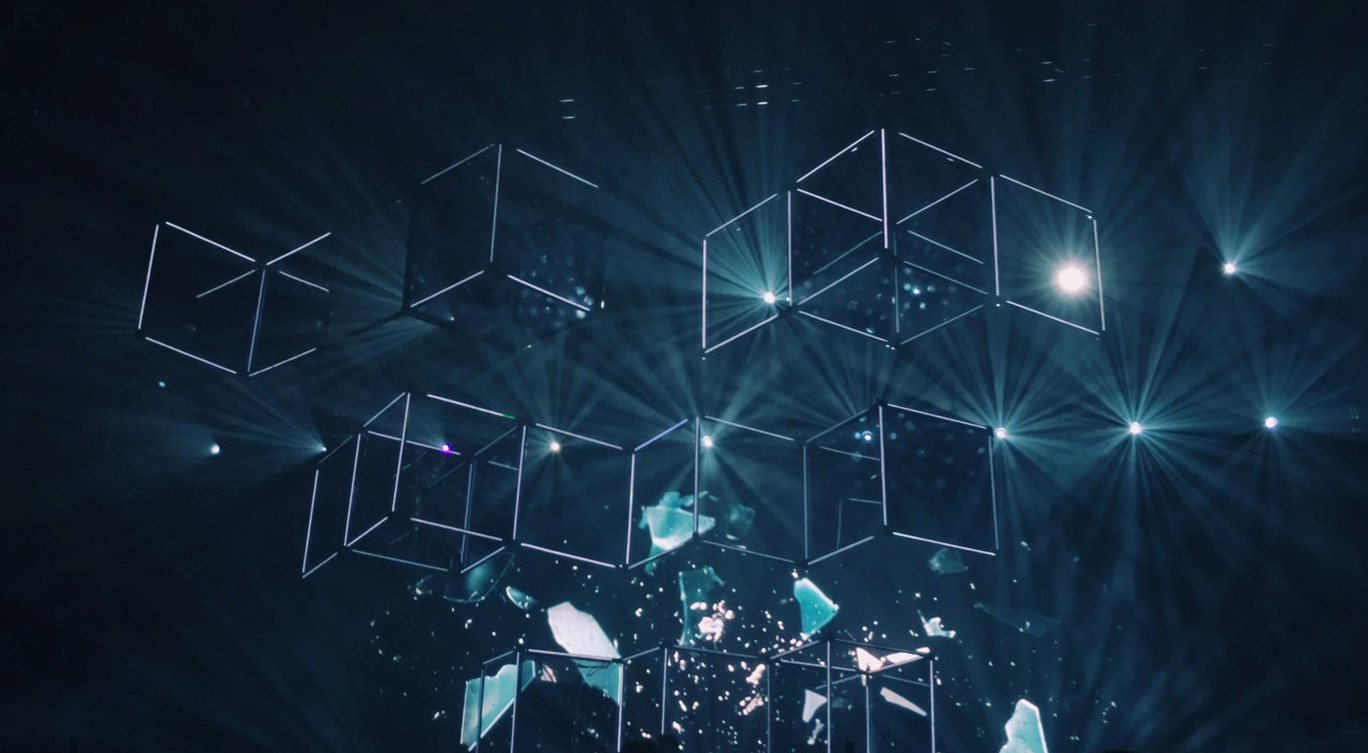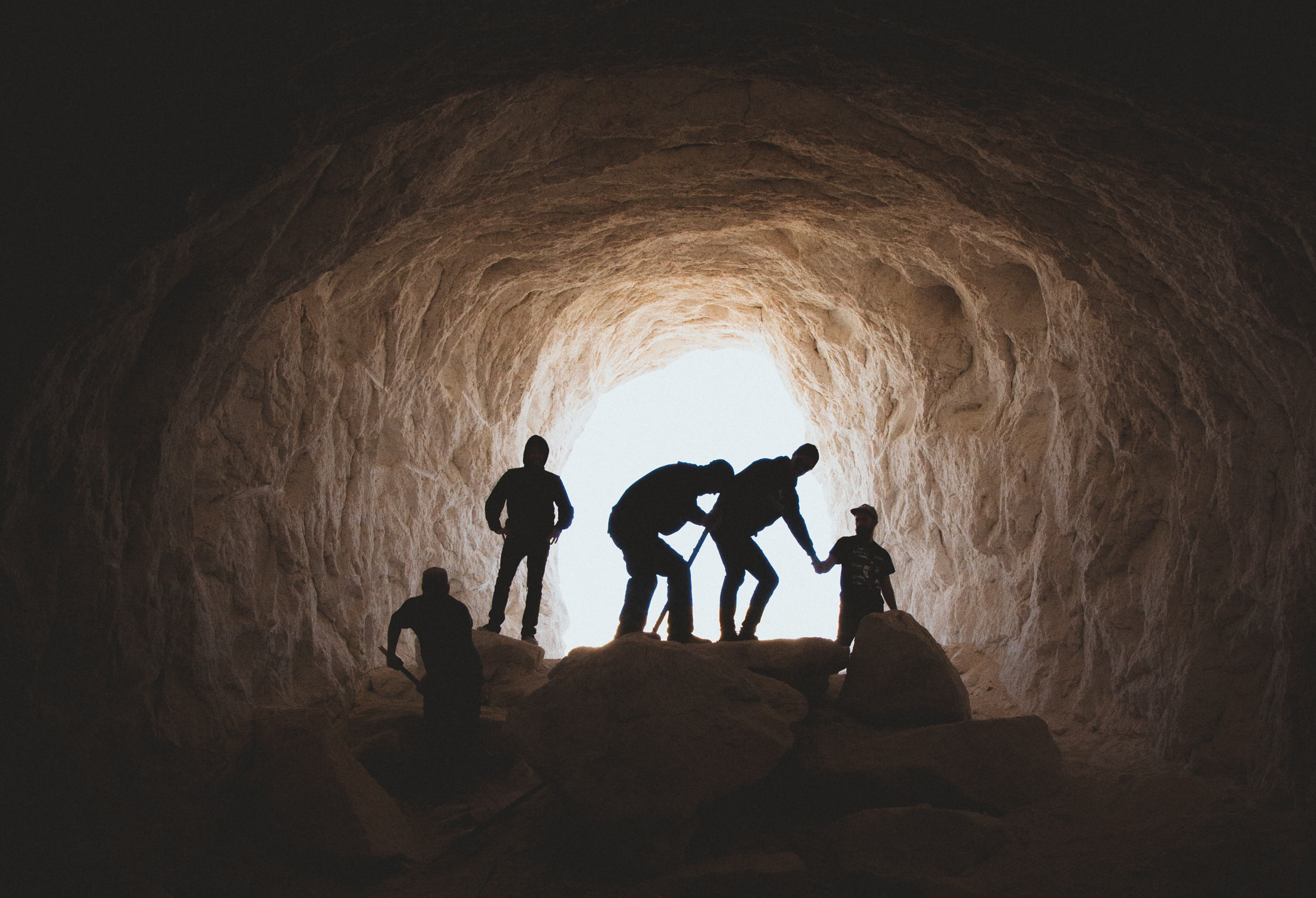The connection between rare earth metals and sustainable technologies has led to some big questions for the mining industry. Will the supply of necessary metals be constantly hindered by ethical and political concerns? How will the evolution of technology come into play?
We’ve already seen how, as the demand for rare earth metals goes up, manufacturers can run into ethical challenges. The material they need might be sold out in better-regulated countries. Or it may be exclusively concentrated in underregulated countries. There might be evidence of unsafe working conditions, unfair wages, or even child labour practices. First-world manufacturers cannot conscionably take advantage of this.
Investing money into these areas, and creating stronger partnerships to encourage the ethical production of ore, is one way to go about it. The International Council on Mining & Metals, and the Alliance for Responsible Mining, are two networks designed to work on ethical problems that arise from the dynamics of global supply chains.
Hopefully, blockchain technology is another way to erode unethical mining practices. If a shipment of ore can be traced to its source with a cryptographic ledger, the origins of minerals could become far more transparent – from the mining site to the finished product, whatever that product may be.
Finally, it’s possible that the fast-changing nature of technology will shift the dynamics of supply and demand in the near future…
Enter the lithium-ion battery
We all know that common digital devices have a limited number of cycles until the battery no longer holds a charge. Li-ion batteries contain electrolyte fluid. This fluid allows lithium ions to flow freely between positive and negative electrodes within the battery. Over time, little branches of solid lithium (called dendrils) form in the fluid. This constricts movement and prevents energy getting stored up. Your laptop computer won’t last five minutes in a coffee shop.
Researchers are now looking into solid polymers that conduct ions as effectively as liquid, and have self-healing properties that prevent the formation of dendrils. This could extend the lifetime of lithium-ion batteries indefinitely. It could also make lithium easier to remove from old applications and incorporate into new ones.
As for recycling, the current estimated rate for Li-ion battery recycling (50%) was surpassed in early 2019 by Fortum, a Finnish company who achieved an 80% rate using their own hydrometallurgical process.
Innovation gets around
As of October of 2019, S&P expected lithium demand to triple by 2025. The pandemic may have scrambled this calculation along with all the others – but it’s still reasonable to expect that lithium battery production (in which China, India and Thailand are heavily invested) will sustain a high demand for lithium over the next five years.
Meanwhile, Li-io technology itself will evolve, along with our ability to recycle the metals contained within a plethora of devices. Over time, supply and demand dynamics could change the way lithium and other rare earth metals are used.
Of course, many of these developments are beyond the control of mining and METS companies. Part of being a proactive player, though, is thinking about the application of certain metals, and how different types of supply chains could be affected by new developments.
In a best-case scenario, the evolution of technology like the Li-io battery will have positive effects on global mining standards, and vice versa – not unlike lithium ions flowing freely between electrodes.
We know that a long list of rare earth metals is required for the next-generation of panels and batteries to build a more sustainable world. Any technology that lets the world do more with the metal it already has will only open up new opportunities for smart, focused, ethical, and profitable mining operations around the world.







